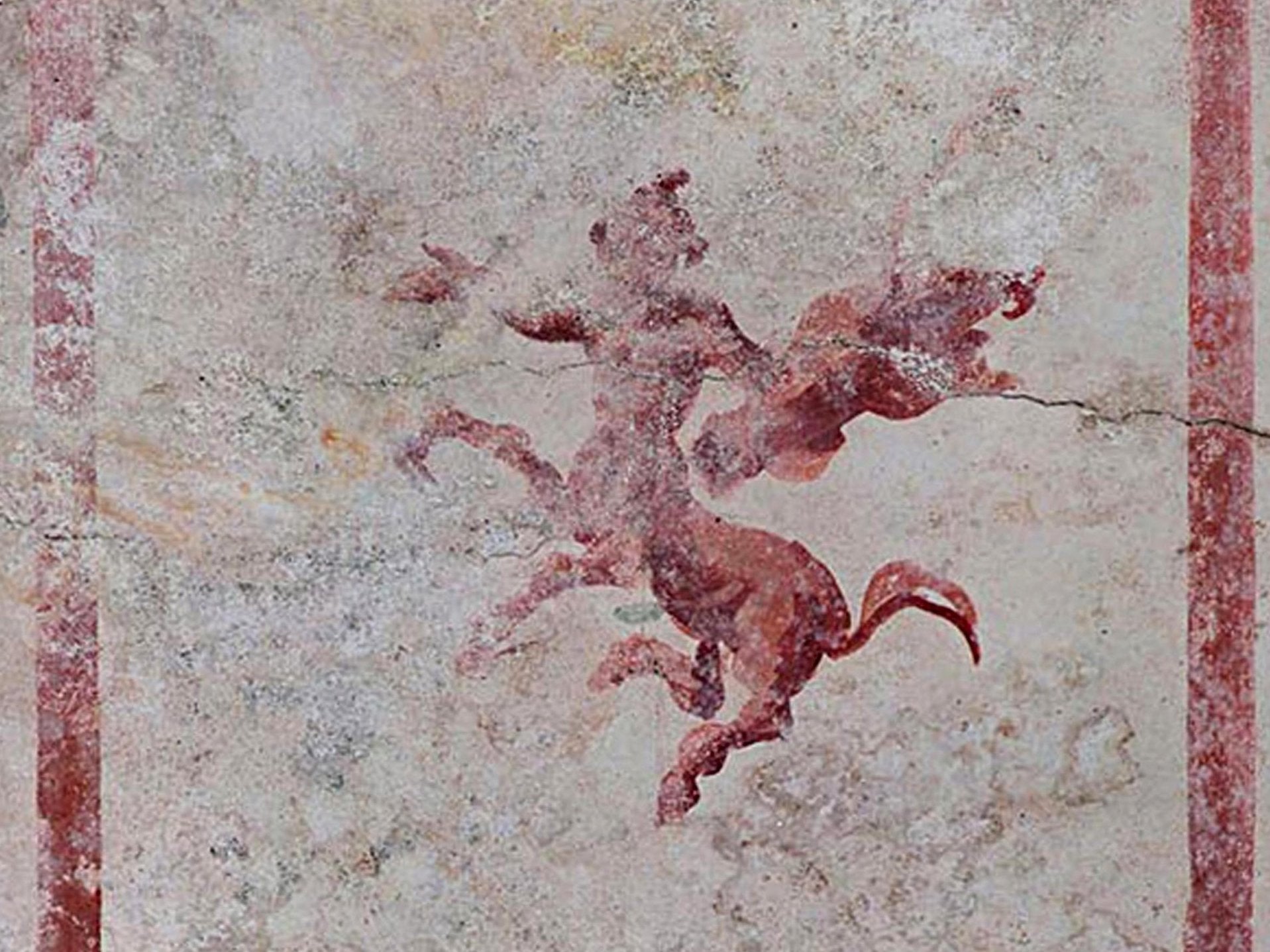Archaeologists discover 2,000-year-old 'Sphinx Room' hidden in Emperor Nero's Golden Palace
Head of archaeological park calls it ‘an exceptional and thrilling find’
Your support helps us to tell the story
From reproductive rights to climate change to Big Tech, The Independent is on the ground when the story is developing. Whether it's investigating the financials of Elon Musk's pro-Trump PAC or producing our latest documentary, 'The A Word', which shines a light on the American women fighting for reproductive rights, we know how important it is to parse out the facts from the messaging.
At such a critical moment in US history, we need reporters on the ground. Your donation allows us to keep sending journalists to speak to both sides of the story.
The Independent is trusted by Americans across the entire political spectrum. And unlike many other quality news outlets, we choose not to lock Americans out of our reporting and analysis with paywalls. We believe quality journalism should be available to everyone, paid for by those who can afford it.
Your support makes all the difference.Archaeologists attempting to restore Emperor Nero’s palace in Rome have accidentally discovered a secret underground room decorated with colourful animal frescoes.
The walls of the chamber in the bowels of Domus Aurea – the Golden House – was found adorned with depictions of panthers, centaurs and a sphinx.
Experts stumbled upon the space quite by chance while mounting scaffolding late last year, according to Italian news agency ANSA.
Alfonsina Russo, the head of the Colosseum archaeological park in which the Golden House resides, said it was “an exceptional and thrilling find”.
He said the restoration team had decided to call the chamber the “Sphinx Room” after one of the most striking frescoes, although the walls also feature aquatic creatures, exotic birds and the god Pan.
Mr Russo described the moment of discovery, after he and his colleagues spotted an opening in the corner of an adjoining chamber.
“Lit up by the artificial light, there suddenly appeared the entire barrel vault of a completely frescoed adjacent room,” he said.
Nero’s immense palace was built almost 2,000 years ago, when the emperor ordered its construction following the fire of 64AD. The devastating blaze destroyed large parts of Rome, including the aristocratic villas on Palatine Hill.

Following the discovery of the Sphinx Room, Mr Russo’s archaeologists began basic salvage and restoration work at the start of 2019.
Yet much of the room is still buried by tonnes of earth, and the team fears it will remain so because any further work could jeopardise the stability of the whole palace.
Alongside the Sphinx and the centaurs, the frescoes also feature garlands of flowers, leaves and fruit in line with architectural motifs of the time.

Join our commenting forum
Join thought-provoking conversations, follow other Independent readers and see their replies
Comments